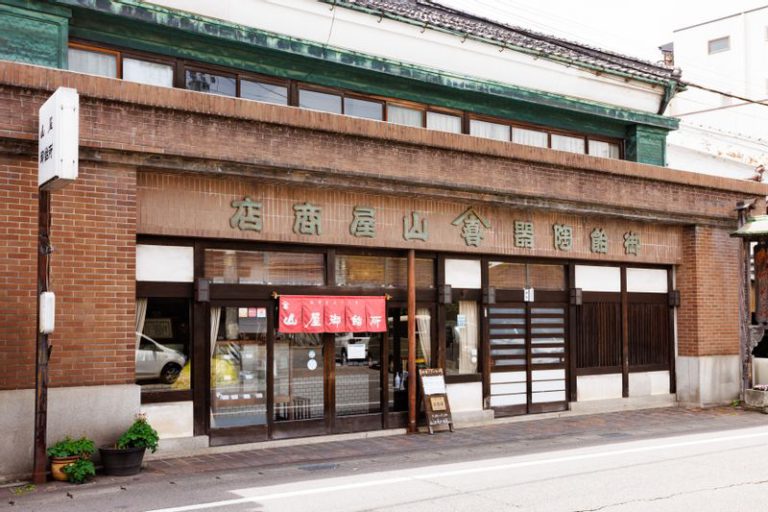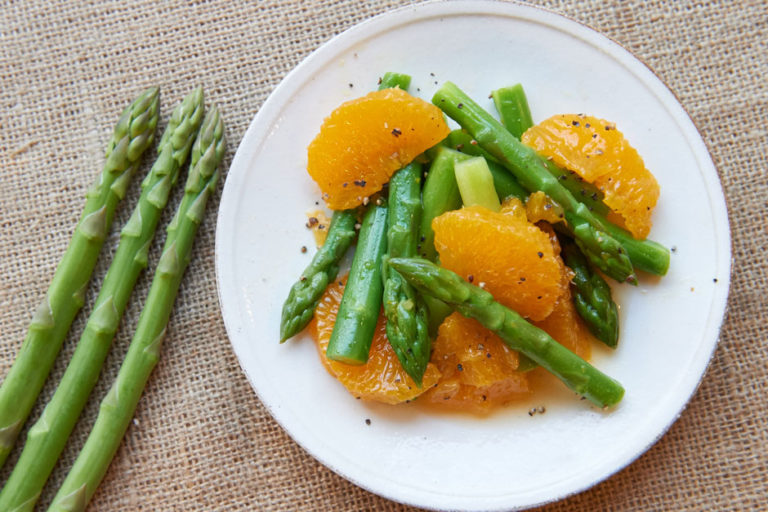Matsumoto’s Candy Culture for Posterity. Yamaya Candy’s Ita-Ame and its New Challenge.
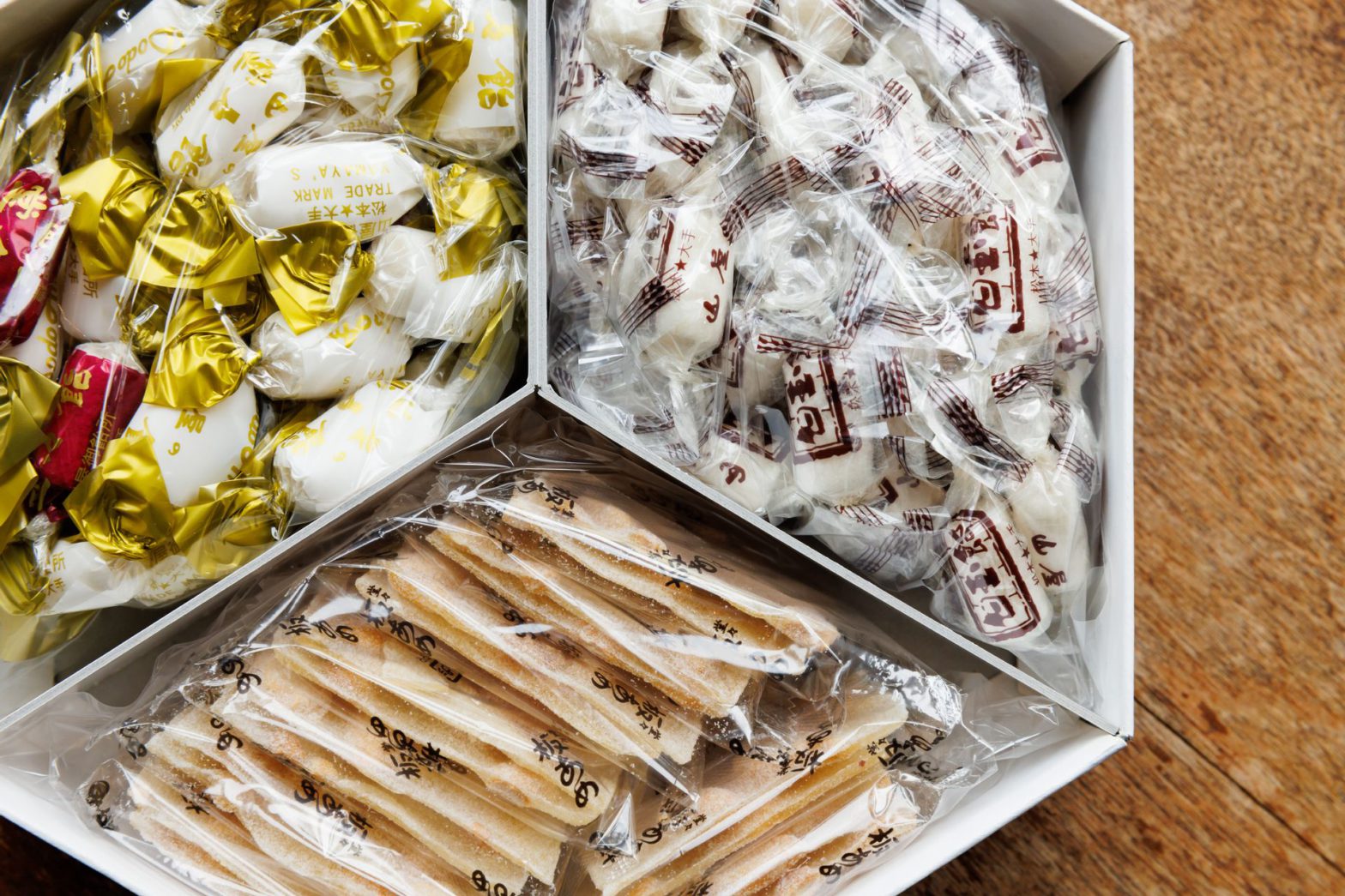
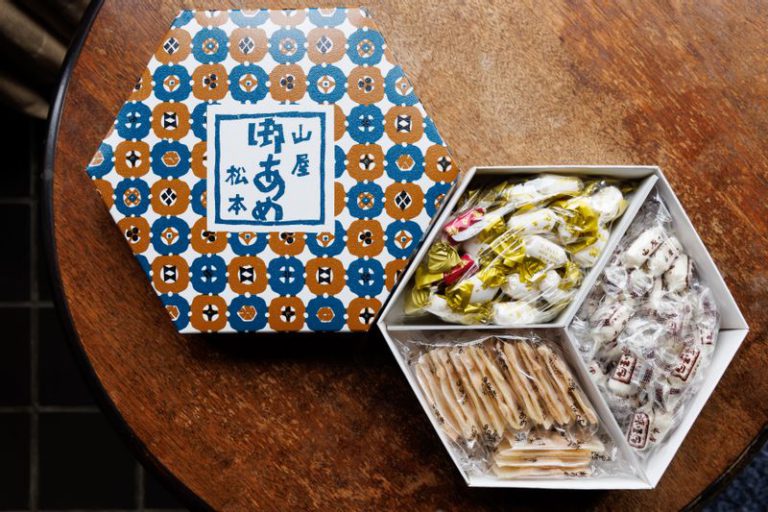
Here are some points worth noting about Ita-Ame, Yamaya Candy’s signature product.
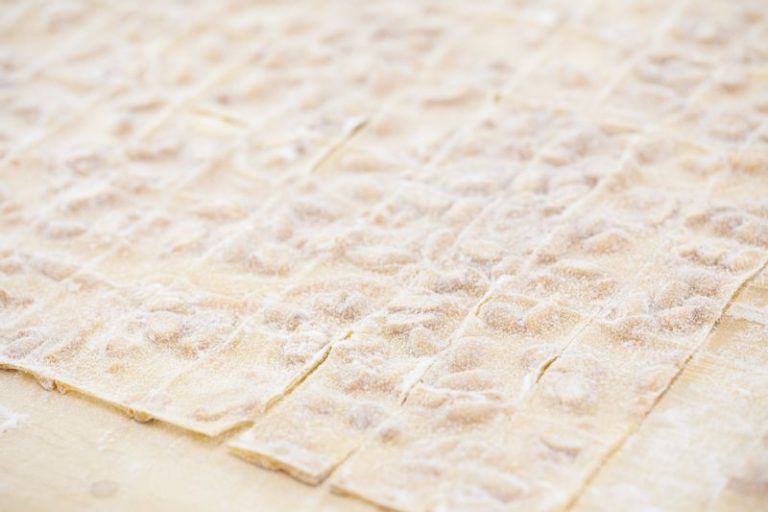
A traditional manufacturing method dating back more than 300 years.
Matsumoto’s oldest candy store, Yamaya Candy, still uses the same method to make Ita-Ame by hand.
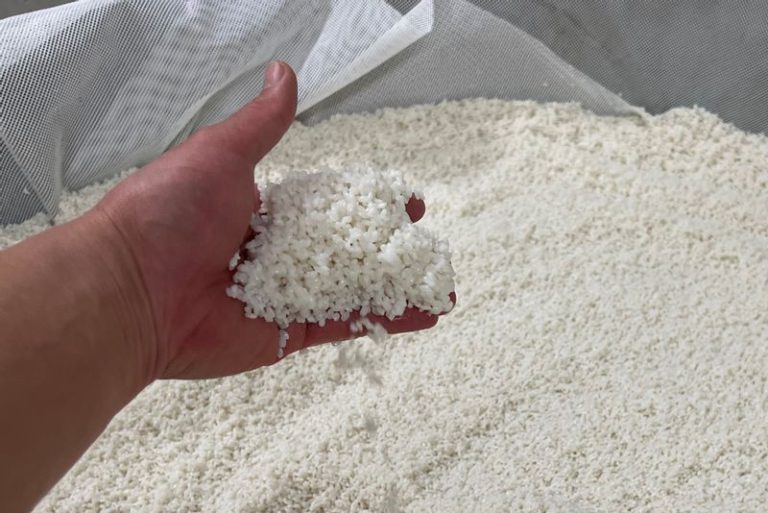
Ita-Ame is made from local ingredients
Ita-Ame is made from rice grown in Azumino and spring water that flows through the city of Matsumoto.
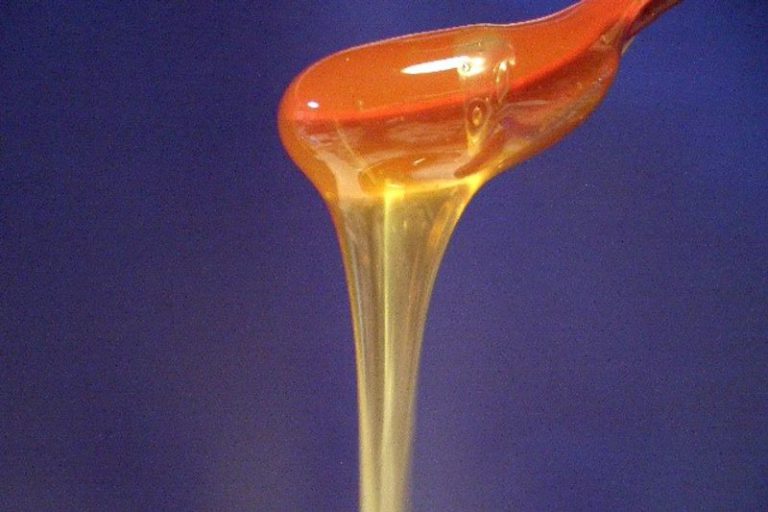
A familiar sweetness derived from rice
Rice syrup, a sweetener derived from rice, provides a rustic sweetness that white sugar cannot.
The Matsumoto Candy Market has been a New Year’s tradition since the Edo period (1603-1868)
Matsumoto is situated roughly in the center of Nagano Prefecture. In the Heian period (794-1185), the city was the seat of the national government, and in the Middle Ages, it became the base of Shinano Shugo (the military government of Shinano). It became the Matsumoto clan’s territory in the Edo period. From the Chikuni Highway leading to Itoigawa in Niigata Prefecture, Matsumoto Castle town was a vital transportation hub where the Zenkoji Highway and Nomugi Highway converged, making it bustle with trade and exchange.
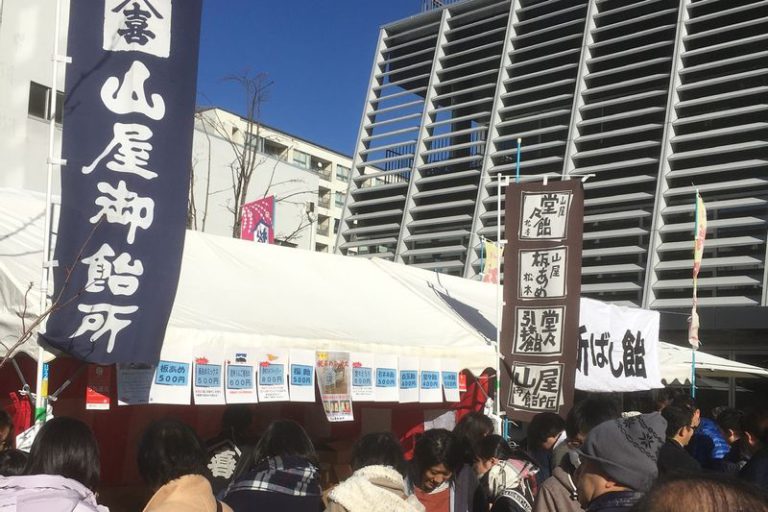
Matsumoto’s famous New Year’s event is the Matsumoto Candy Market. On market day, the city center becomes a pedestrian paradise, where various events are held, including a National Candy Expo and Sales Fair and a product market. The event is said to have existed for over 400 years and was initially known as Hatsuichi or Shioichi, not Ameichi.
A diary kept by an Edo merchant in 1816 already refers to the market as Ameichi and other sources indicate that candies were sold at the market to bring good luck.
Matsumoto was known as a leading producer of such candies, with more than 20 candy makers, but production declined after peaking in the Meiji era (1868-1912). Today, only three long-established shops remain.
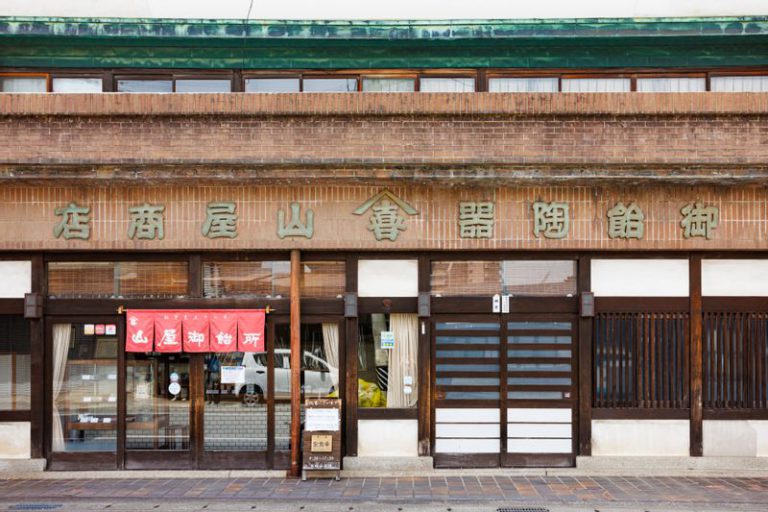
One of them is Yamaya Candy, the oldest in Matsumoto. The shop, established in 1672 and situated off Imamachi Street, was built in 1933. The vertically grooved tiled facade retains the appearance of the building’s original construction and is registered as Matsumoto’s modern heritage.
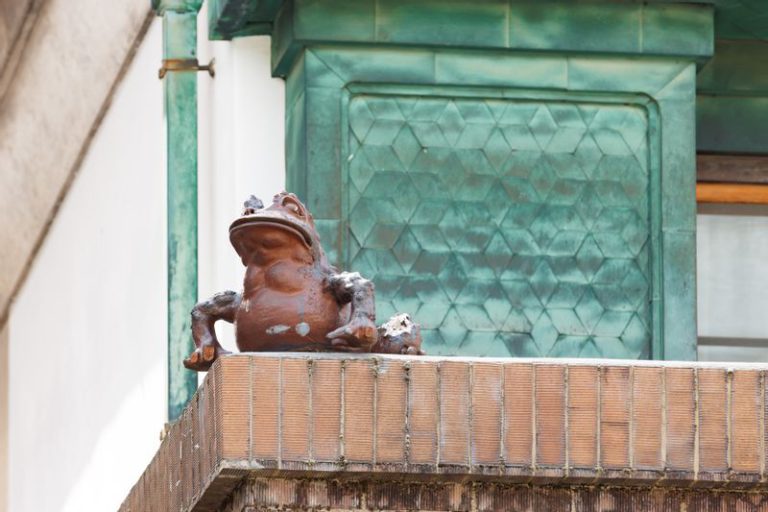
A frog figurine for good luck adorns the shop roof. During the Pacific War, Yamaya supplied candy to the former Matsumoto 50th Infantry Regiment for their rations. They placed the frog figurine on the roof to wish for the soldiers’ safe return. (The word frog in Japanese is “kaeru,” which also means “return.”)
Ita-Ame has an addictive crunchy texture
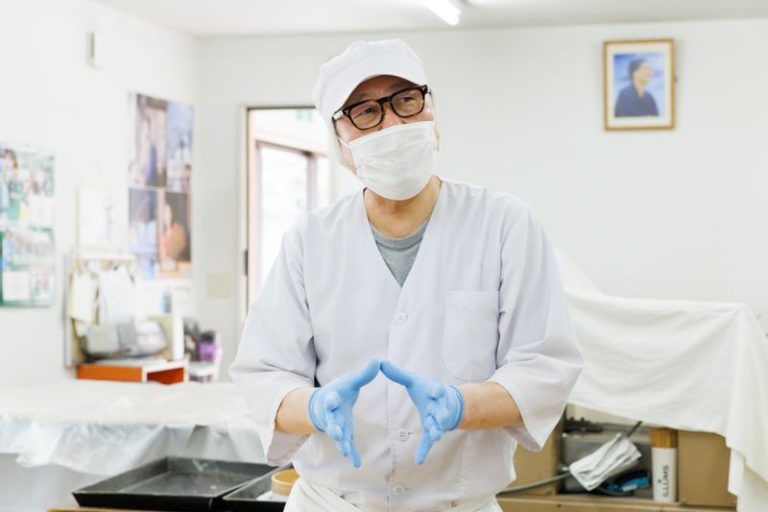
Yoshihisa Ota, the fourteenth-generation owner of Yamaya, explains why the candy culture took root in Matsumoto.
“I heard that the dry climate in Shinshu is ideal for candy making. Due to our unique location, we also have access to top-notch ingredients, such as the spring water in the city and the rice harvest in Azumino.”
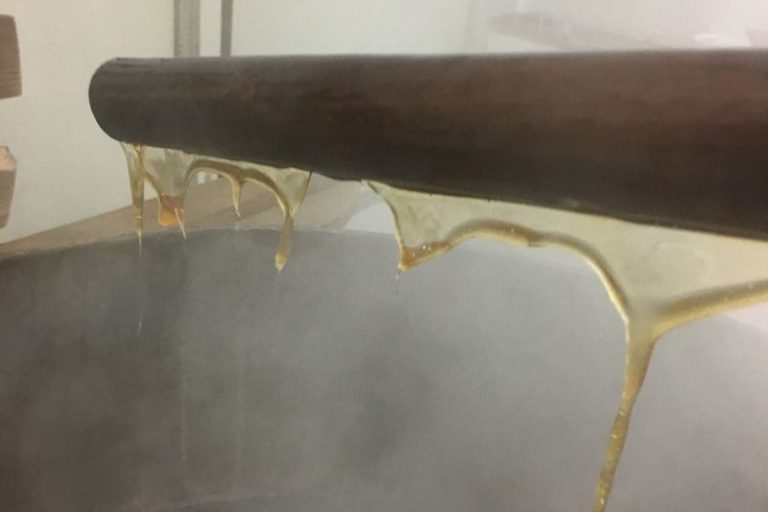
As Ota explains, Matsumoto’s candy is made of rice syrup. Rice syrup is a traditional sweetener. It is prepared by steaming glutinous rice and making it into a porridge. Barley malt is mixed into the porridge and allowed to rest at a moderate temperature for a certain period to saccharify. The mixture is then strained and boiled down to make the syrup. To achieve the rustic sweetness and richness, Yamaya takes 31 to 32 hours to complete the preparation, saccharification, straining, and boiling process.
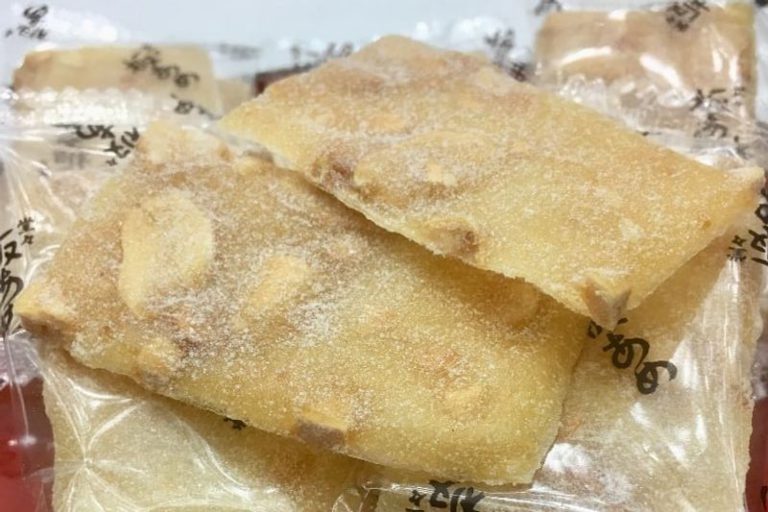
Ita-Ame is a product that lets you savor the unique taste of rice syrup. As the name suggests (“ita” means sheet in Japanese), it is a thinly stretched sheet-like candy with chunks of peanuts. It has a crispy texture similar to a rice cracker, with a subtle sweetness from the rice syrup that goes well with the peanut flavor. Once you have tasted a piece, it is difficult to resist reaching for another.
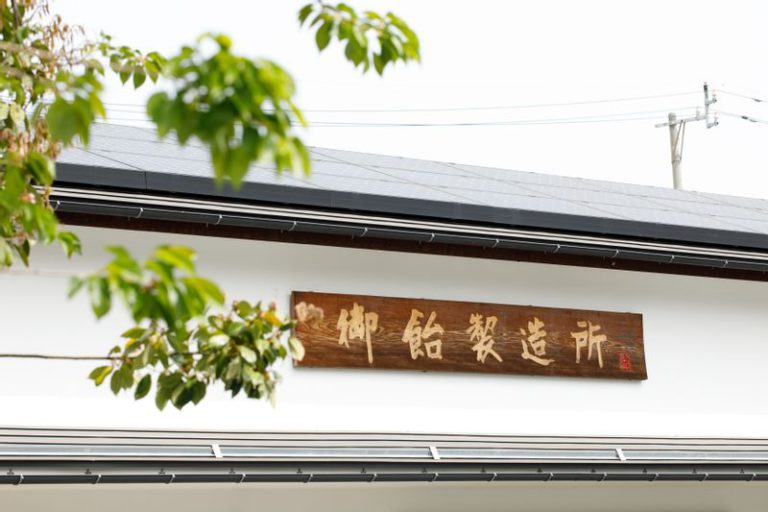
Yamaya’s Ita-Ame is still completely crafted by hand. The factory near the shop is already operating at full capacity even before the start of the busy morning. A team of four individuals, led by Ota, is dedicated to the production of candy.
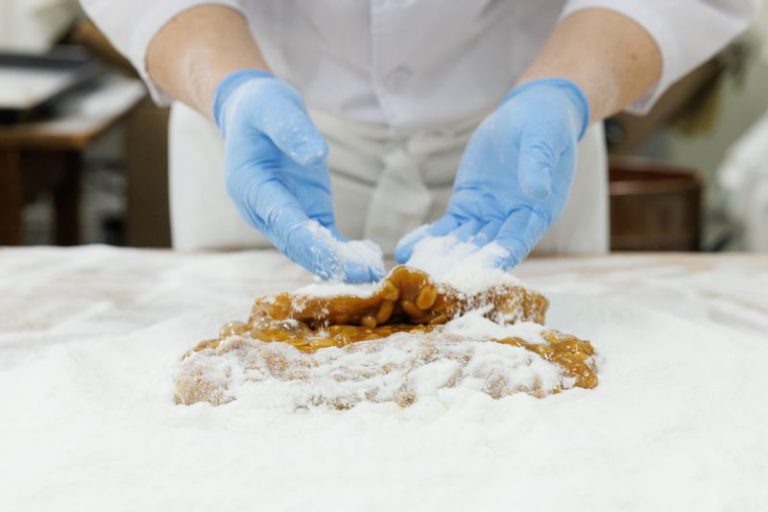
Candy-making is a race against time. When the molten rice syrup is placed on the table, Ota quickly sprinkles starch flour and stretches it out at once using a rolling pin.
Ota explains that the candy must be of uniform thickness before hardening. It is about 1 mm thick. It will not have that distinctive texture if it is too thick, and it will crack if it is too thin. He cannot let up even now that the entire process has become automatic for him.
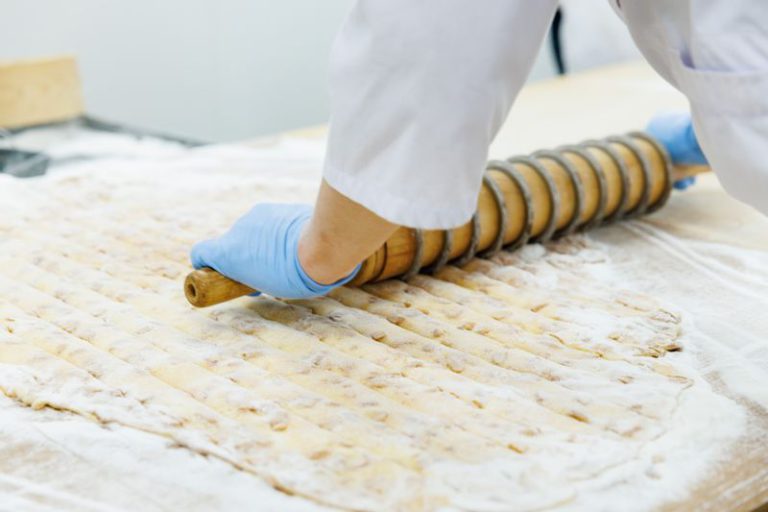
Ota then cuts the candy into rectangles with a special tool. The work is performed in silence, with the remaining two workers arranging them on trays without leaving gaps.
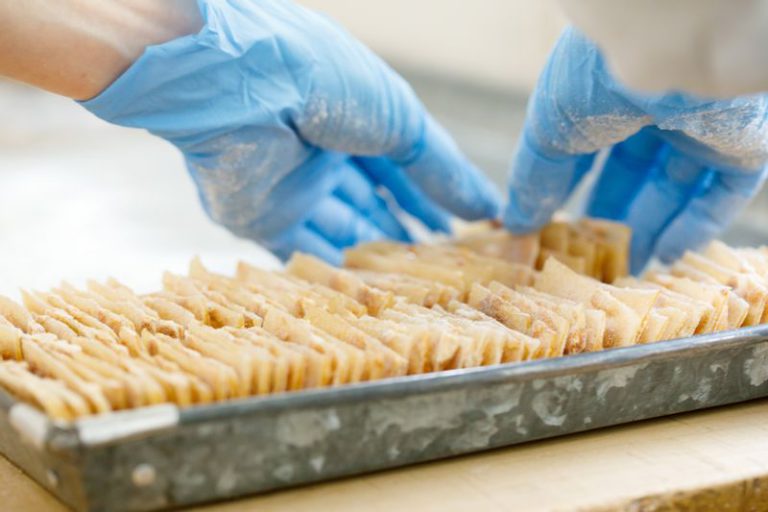
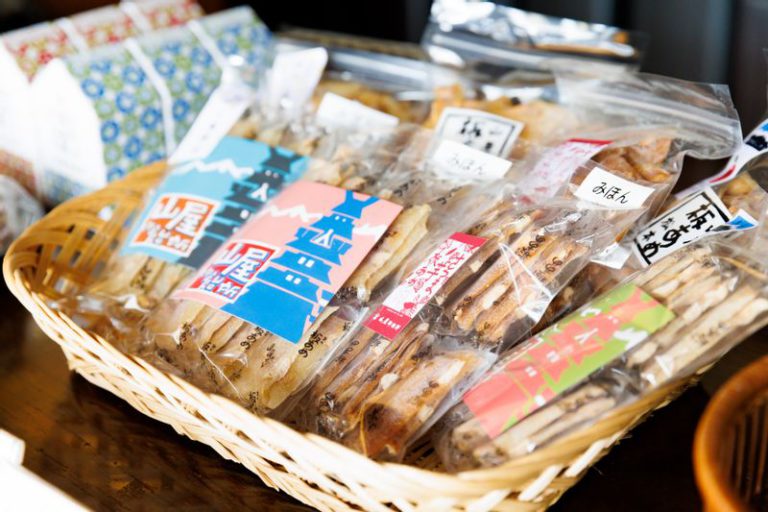
Ita-Ame is sold individually or as part of an assortment containing Dodo-Ame (a blend of rice syrup, milk, and butter) and Shiratama-Ame (a candy ball made of rice syrup). By comparing the three distinct types, you can better understand the complexity of Yamaya’s candy-making.
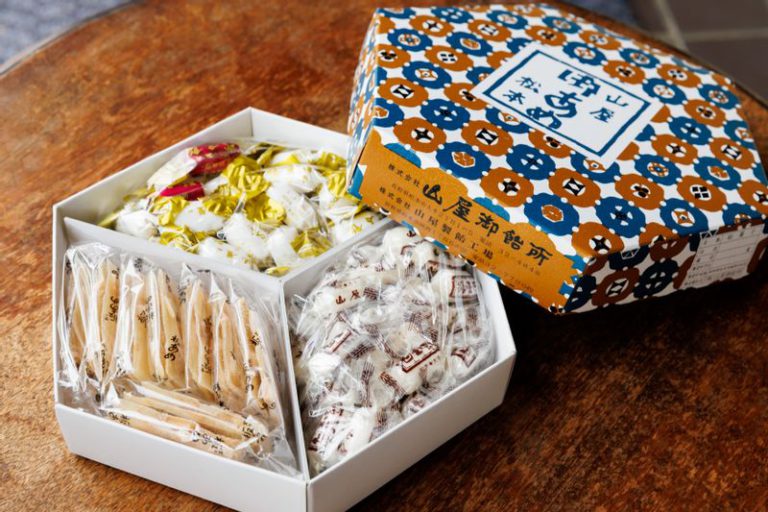
Bringing new value to Matsumoto’s candy culture
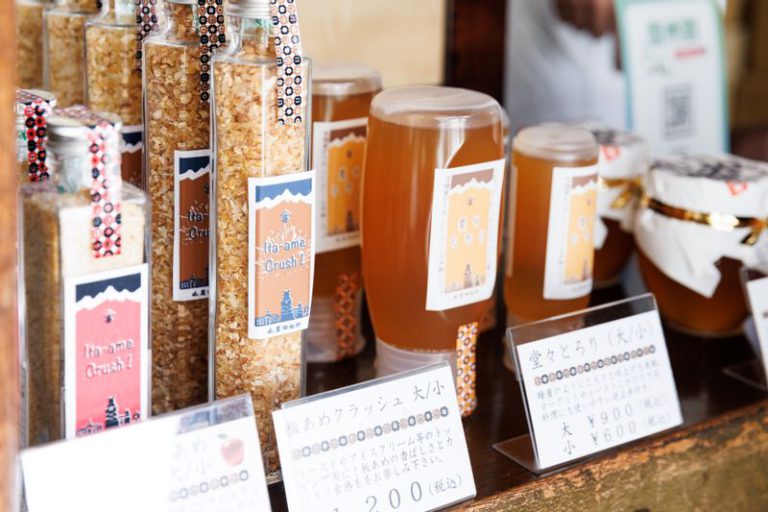
Ota is also actively developing new products. One of these products is Ita-Ame Crush, a granulated version of Ita-Ame. It was created as a topping for ice cream and toast and is now used at a local gelato store. The Karitto Chocolat, an Ita-Ame Crush covered with chocolate, is popular as a gift. Amazingly, a project is underway to revive hyorogan, a preserved food that ninjas consumed while on the go.
In 2018, three candy shops that had competed against each other since the Edo period joined forces and launched the Matsumoto Candy Project. To promote Matsumoto as a city of candy, they have developed products together and held the Matsumoto Ame Sanpo event, offering visitors a chance to sample candies from all over Japan. They are making every effort to promote Matsumoto.
“We’ve also started a hands-on candy-making class at our shop. I want to let as many people as possible know the fun and depth of Matsumoto’s candy culture so that we can pass it on to future generations,” says Ota.
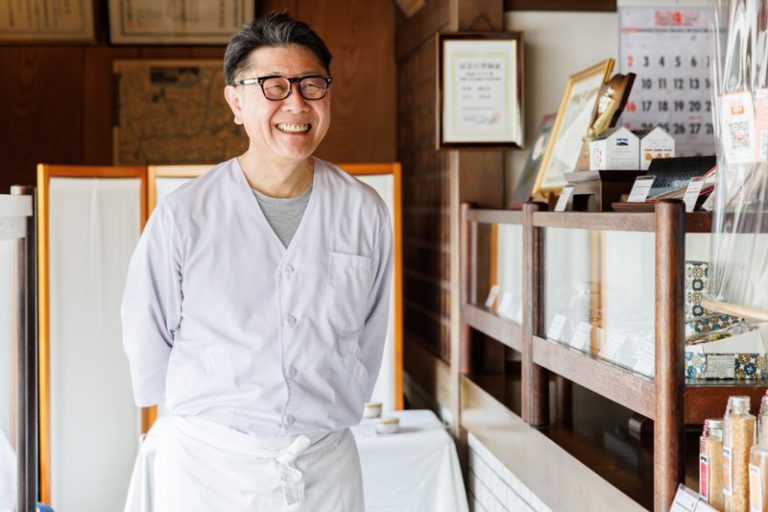
The next goal is to create a candy-making kit for buyers to enjoy making candy at home. Ota, who is responsible for preserving the tradition, has many ideas, including partnering with other regions with a candy culture.

